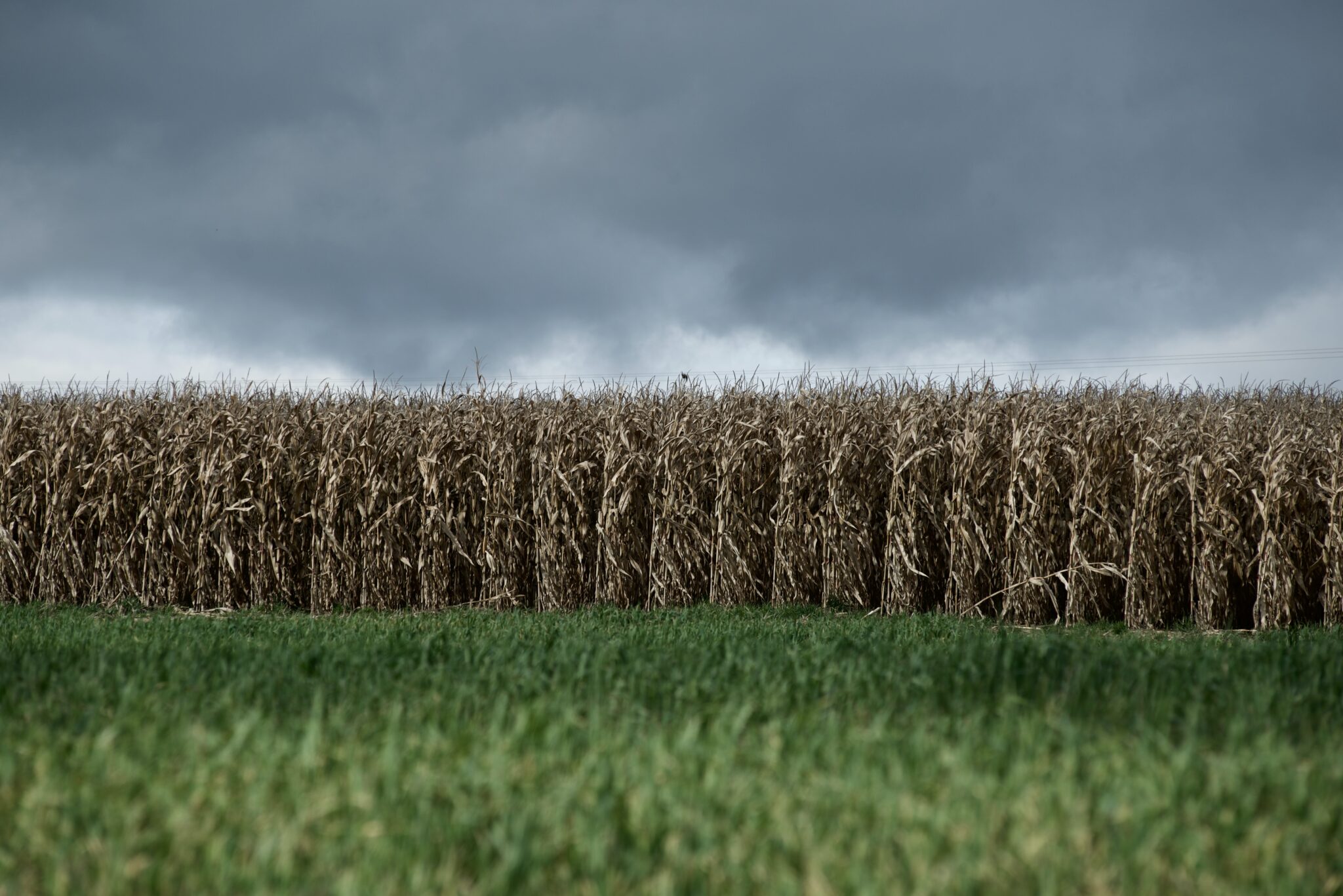Colonizing the highest number of individuals thriving on less than a dollar per day, food insecurity is endemic in South Asia. Hunger is not merely an issue of charity; it is the issue of justice concerning the availability, distribution, and utilization of food resources. Food insecurity is rampant in third-world countries which are on the course of development.
“You cannot tell a hungry child that you gave him food yesterday”
The World food crisis of 1972-1974 introduced the concept of “Food Security”. The United Nation’s Committee on World Food Security defines it as physical, social, and economic access of all people to sufficient, safe, and nutritious food at all times. The access of food to each entity should meet their food preferences and dietary needs for a healthy lifestyle.
However, in the past decade, we are more accustomed to “Food Insecurity”. This write-up seeks to uncover governments’ causes, loopholes, and incompetence in providing food security in South Asian countries. Additionally, this article reflects the adverse effect of the COVID-19 pandemic on Food Insecurity.

Most South Asian countries are thriving on agro-based economies. Inadequate agricultural output coupled with escalating population rate, lack of arable land, insufficient resources, and poor management strategies is Food Insecurity’s main factors.
World Bank statistics reveal that although 50% of the South Asian population is affiliated with agriculture, agricultural output contributes only 20% to the region’s GDP. These figures are evidence of lower productivity and increased unemployment in the region. The diagram below gives an overview of the significant causes that exacerbate the severity of food insecurity in South Asia.
Dearth of arable land
Plainland with fertile alluvial soil is ideal for crop growth. This adds to land productivity and requires fewer additional facilities and resources. However, there has been a pronounced loss in arable land in the past few years. Some of the factors involved include deforestation, soil erosion, surface runoff, and soil exhaustion by planting more crops than the land can support.
Urbanization has led to deforestation as land is needed for infrastructure (buildings, highways, industries, etc.). This has further reduced the available arable land for crop growth.
This situation has worsened during the COVID-19 pandemic. Due to strict lockdowns across the World, the mobility of laborers has decreased, which means there are fewer human resources to work on farms. This leads to less agricultural output and, in turn, less food for the population. This has a more severe impact on agro-based countries, including most South Asian countries.
Ineffective policies
Failure to implement the policies regarding farmlands, their distribution, and getting incentives from the government is one of the primary reasons for food insecurity. Especially in rural areas, land annexation is a common practice due to the misuse of power by a few corrupt government officials. In return, the farmers or the local owners of the farms get much less output from the lands.
This situation leads to unemployment and lower per capita income. Rising inflation makes it difficult for farmers to obtain adequate food supplies. This ends with nutritional deficiencies and a lack of constant access to food.
Moreover, the role of global market plays an essential role in food security. Not to forget, during the pandemic, the unemployment rate has skyrocketed hand in hand with the prices of goods. Thus, if earlier any random household had Rs 5000 for a month’s grocery, now it falls short of food requirement. The quality and quantity of food supplies are adversely affected by inflation.
Population growth
Still, a matter of grave concern is the ever-increasing population growth rate. Rapidly accelerating population rate means increased stipulation for sufficient food. With almost 25% of the World’s population residing in South Asia, food demand and supply chain are mismatched.
Amidst the pandemic, population growth has significantly increased, adding additional pressure on farmlands to produce abundant food crops. However, the loss of economy and loss of jobs has left many with few dollars in their savings. It gets tiresome to feed the families thrice a day and save money. This has led to depression in many and many dying of starvation.
Bioenergy
Green energy is the upcoming technology for energy production to meet industrial and domestic power requirements. The use of non-renewable energy resources led to paramount levels of greenhouse gases being released into the environment. To overcome this, scientists proposed to use biofuels as an alternative.
Biofuels basically use biomass to generate energy which dramatically reduces greenhouse gas emissions. The raw material for biofuels includes corn, sugarcane, cotton, and plant seeds. Biofuel production dwindles the availability of food crops to feed the population. This further enhances the grievousness of food scarcity.

Furthermore, work at home became a new trend since COVID-19 driven lockdowns started across the globe. With industries operating and high demand for energy for the domestic sector, the burden on energy production provisions has dramatically expanded. Combating hunger at one end and using alternative energy resources for energy production, the governments are stuck between the devil and the deep sea. Food insecurity has been exacerbated since the phenomenon of biofuels has been practically implemented.
Climate Change
Assurance of climatic patterns is closely monitored in agro-based countries to ensure maximum crop output. The World has seen a substantial transition in climatic patterns over the past few decades. The unpredictability of rainfall, harsh winds, increased humidity in summers, and natural disasters such as floods, cyclones, and dust storms resulted in unpredictable agricultural output.
Significant changes in daytime temperatures throughout the year have led to decreased food production. Countermeasures against the drastic climatic changes are essential to maintain considerable agricultural output. However, this requires substantial money, land, and technology to ensure quality food production irrespective of climatic variations.
The clauses mentioned above seem impractical, along with a staggering economy, a ban on imports and exports, and a lack of economic growth during the pandemic. The shift of seasons throughout the year has led to a change in crops’ sowing and harvesting season. The land is given less rest to replenish its nutrients due to increasing food demands. All of these scenarios result in loss of productivity, aggravating the hunger status.
Food wastage
The disparity between the production, availability, and access of food supplies is a vital aspect contributing to food insecurity. Food wastage is an unethical practice but a relatively common one. We tend to exceed our requirements when it comes to buying food supplies.
A significant portion of the food either expires or rots away when it is not consumed promptly. This leads to unnecessary food wastage. The food being wasted can feed another family if proper portioning is done. Food wastage is more prevalent in urban areas, which leaves less for people in rural areas.

Moreover, the Worldwide lockdown led people to stock food supplies in their homes. The aisles in food sections were cleared within the blink of an eye as people fought. This unfair division of food supplies has caused many to starve to death, especially with the ongoing coronavirus. For those who could afford it, the stockpiles were a blessing, but food insecurity was another reason for deaths for others.
In the light of the current events, the ongoing COVID-19 pandemic, food shortages, and increasing population, it is mandatory to keep a check and balance on food production. Government must provide incentives to farmers and ensure proper implementation of policies even if it requires renewal of agricultural policies.
Corrupt government officials must be checked upon and punishment for their misuse of power. All the farmlands must be registered, filed, and kept a record with their due owners. Researchers should find practical, pocket, and environmentally friendly solutions to maximize agricultural output while keeping soil healthy. The prices of goods must be revised to make food supplies accessible to the masses at a cheaper rate. Spreading awareness in people regarding population growth, food portioning, and jobs generation is necessary.
A safe, affordable and plentiful supply of food is a national security issue ~ Doug Ose
References
- https://data.worldbank.org/indicator/SP.POP.GROW?locations=8S
- https://www.policyforum.net/why-most-attempts-to-end-hunger-fail/
- https://www.concernusa.org/story/causes-of-global-hunger/
- https://www.healthypeople.gov/2020/topics-objectives/topic/social-determinants-health/interventions-resources/food-insecurity
- https://www.conserve-energy-future.com/causes-effects-solutions-food-insecurity.php
Also Read: THE BEAUTY OF PAKISTAN’S NATIONAL PARKS IS ON THE VERGE OF DESTRUCTION

Maira Masood is a BS Biosciences student at NUST, Pakistan. She aspires to be a geneticist and wants to play an active part in spreading scientific awareness through writings.

